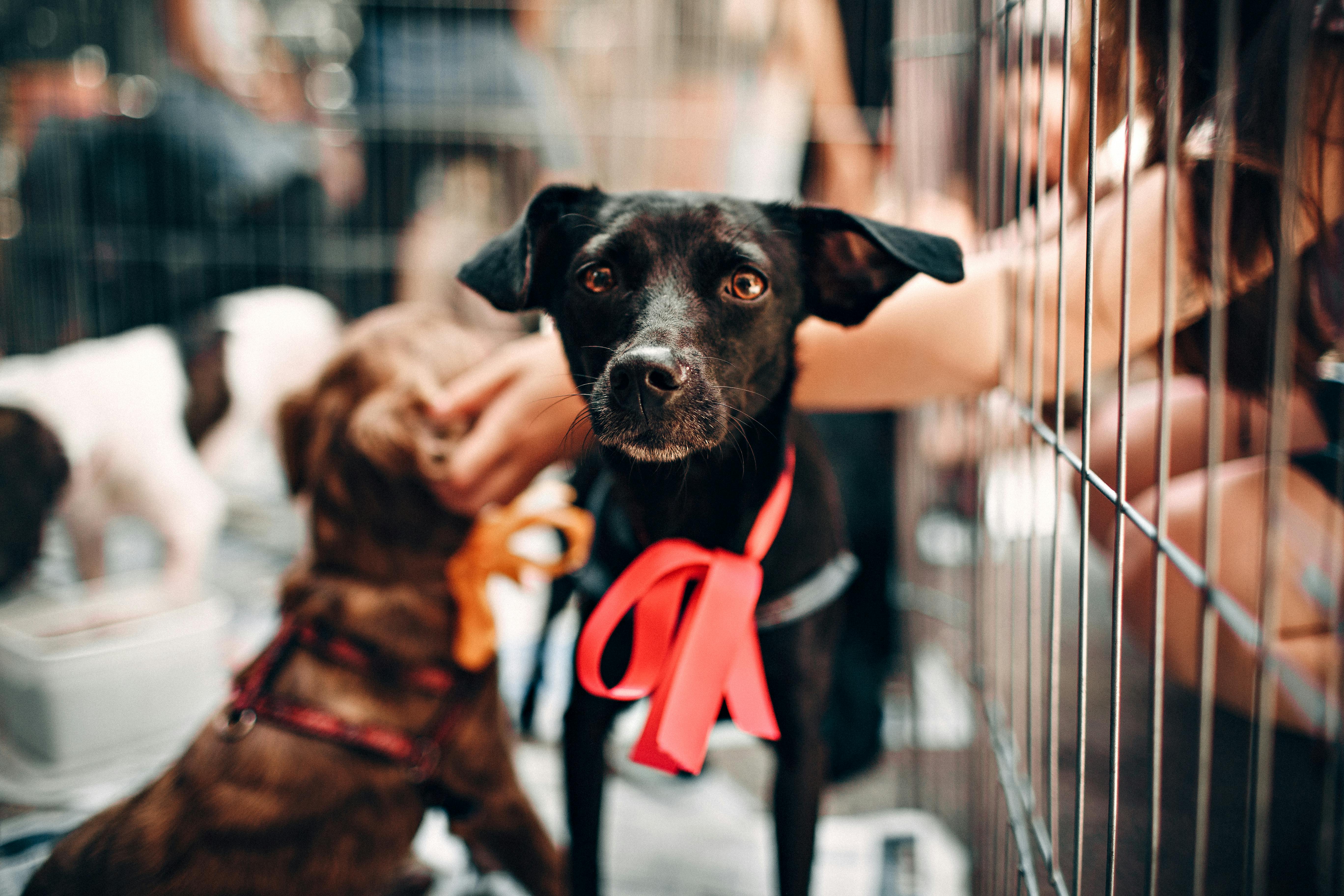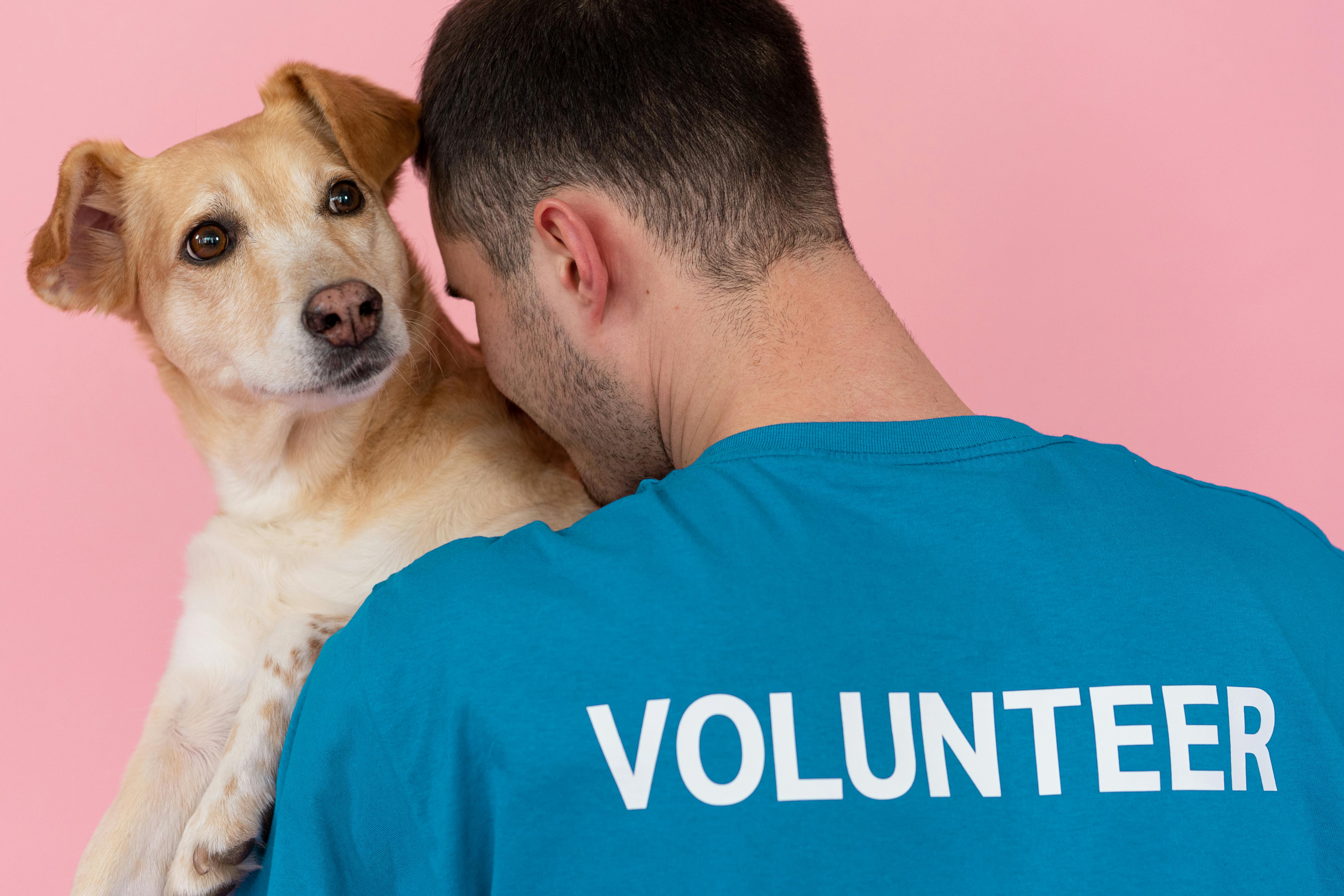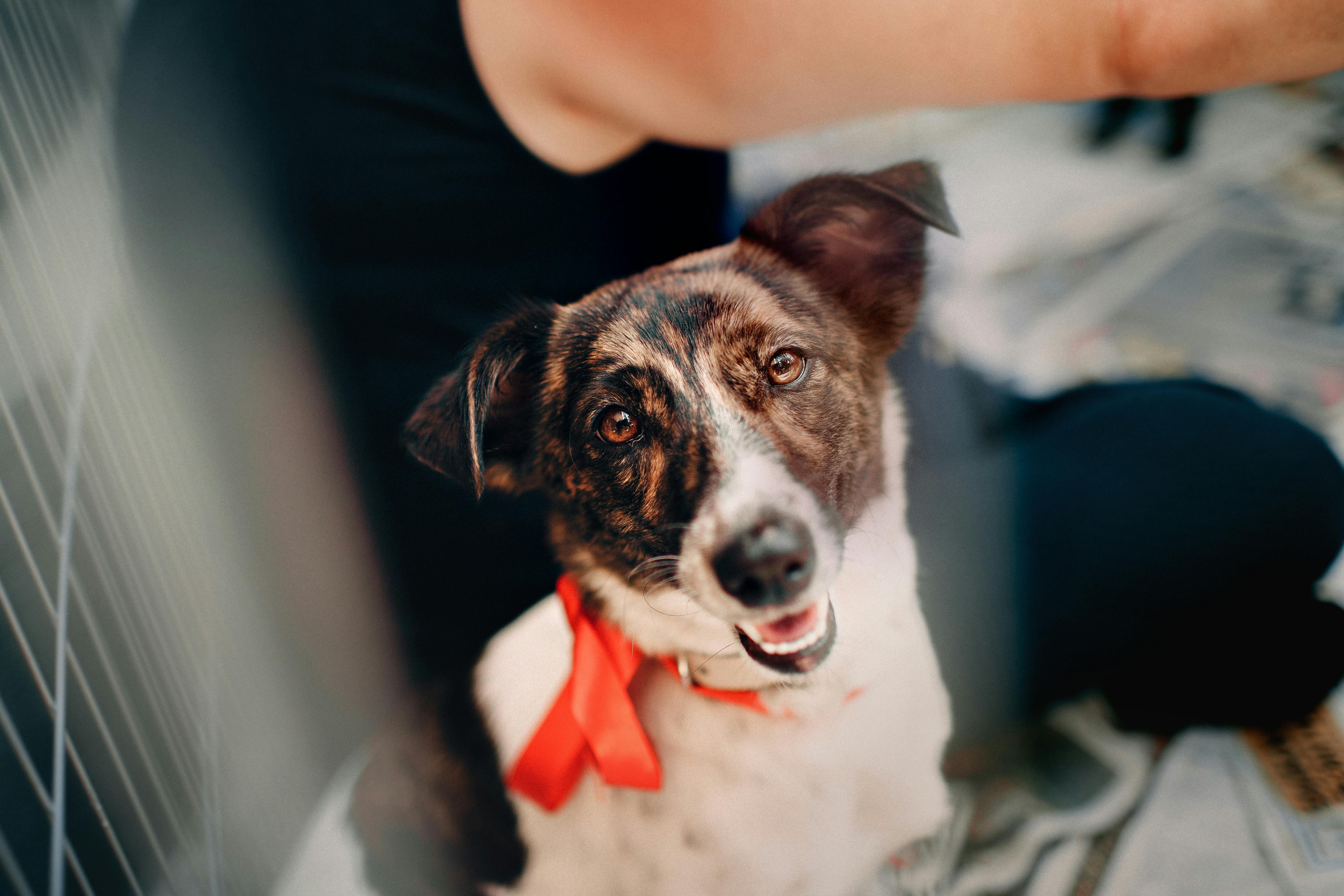Welcoming a rescue dog into your home is transformative—not only for your new companion, but for your own daily rhythms and routines as well. At DogDog, we know just how meaningful the first 30 days can be in helping a rescue dog find trust and confidence in their new world. This guide breaks down the first month, sharing insights shaped by the experience of animal advocates and shelter rescue teams. Our hope is to arm you with not just a timeline, but practical, heartfelt advice that sets both you and your new friend up for mutual success.

Understanding the Adjustment Timeline: What the First 30 Days Really Mean
Every rescue dog arrives home with their own unique backstory and set of emotions. While no two dogs are the same, most fall into a widely observed adjustment pattern often called the “3-3-3 Rule”—the idea that newly adopted dogs need roughly 3 days to decompress, 3 weeks to start learning routines, and 3 months to feel fully at home. We’ll walk you through the first 30 days, week by week, so you know what to observe, when to act, and how to guide your new dog’s journey.
Days 1–3: Decompression and Gentle Exploration
- Go straight home after adoption. Avoid errands or meet-and-greets on day one. A quiet, calm landing helps a dog process the big change.
- Provide secure identification. Equip your rescue dog with a collar and visible ID tag, and update microchip info as soon as possible.
- Leash indoors and outdoors. Escapes are common in the early days. Keep your new dog leashed—even in fenced yards or indoors where doors open—to prevent bolting.
- Show the potty spot right away. As soon as you get home, bring your dog to a safe area to go potty. Offer gentle praise for successful outdoor elimination.
- Allow slow exploration. Don’t overwhelm your dog by opening up the whole home. Give access to a single, quiet room and let them edge into new spaces one at a time with supervision.
- Keep interactions calm and minimal. Rescue dogs may hide, refuse to eat, or simply freeze—this is normal during the first few days.
- Start a routine immediately. Feed, walk, and rest at set times, even if your dog is too nervous to participate fully at first. Consistency is key.
Days 4–7: Building Trust and Predictability
- Introduce simple house rules. Decide right away if your dog is allowed on couches or in bedrooms, and enforce these rules gently from the beginning.
- Gradually expand their world. Allow access to additional safe rooms, but always supervised and in short sessions.
- Start basic training sessions. Short three-to-five-minute sessions teaching their name or simple “sit” and “come” cues help your dog settle. Patience is vital—if your dog is too nervous, wait a few more days.
- Limit household visitors. Postpone new faces, bustling gatherings, or introductions to extended family. Your dog needs peace in week one.
- Document routines. Write down when your dog eats, eliminates, and sleeps. This record helps spot patterns and potential concerns.

Week 2: Fostering a Daily Routine
- Reinforce a daily schedule. Meals, walks, potty breaks, play sessions, and bedtime should happen at the same time each day.
- Begin gentle grooming. If your dog is receptive, introduce brushing or a quick wipedown. This builds comfort around touch and helps new dogs relax.
- Supervise introductions to family members and other pets. Always keep visits brief, positive, and low-stress. If things feel overwhelming, take a step back and revisit introductions gradually.
- Continue using one outdoor potty spot. Repeat this every time to strengthen house-training habits.
- Practice consistent language. Agree as a household on command words for basic cues like “off,” “down,” or “leave it.” Consistency anchors good habits.
At this stage, your rescue dog will begin to trust, often showing more curiosity, eating more reliably, and sometimes even inviting gentle play. Don’t worry if this takes longer—each dog’s journey is their own.
Week 3: Emerging Personality and Early Challenges
- Watch for confidence boosts (or boundary testing). Many rescue dogs become “braver” and might test what’s allowed. Stay gentle but consistent.
- Address behavioral hiccups. Barking, chewing, or anxiety when left alone may appear now. Increase physical activity, reward calm behaviors, and practice short absences to build independence.
- Increase training time. Aim for two to three five-to-ten-minute training sessions daily, always finishing on a positive note.
- Strengthen your routine. Predictable mealtimes, walks, and wind-downs foster security and confidence.
- Schedule or complete a wellness check with your veterinarian. If your rescue hasn’t had an exam or vaccine update yet, week three is a good time to do this.
Week 4: Bonding, Exploration, and Checking Progress
- Introduce enrichment and new experiences. Food puzzles, safe chew toys, or exploring a different walking path keep your dog mentally stimulated. Only advance activities if your dog is relaxed with the current routine.
- Expand introductions. Invite trusted friends for short, low-key visits, or try meeting another calm dog if yours is ready.
- Monitor for lingering issues. If your dog is still showing high anxiety or behavioral challenges, it may be worth consulting a professional trainer familiar with rescues.
- Celebrate small wins. Whether it’s mastering “sit” or settling calmly alone, these milestones matter—track and celebrate them.

Day 30: Reflection and Next Steps
- Observe how your dog fits into the family routine. Are meals, sleeps, and walks settled? Does your dog seek out affection or comfortably relax nearby?
- Assess what’s working. What routines or cues have stuck? Where are you both struggling? This is a good time to adapt for the future.
- Schedule a vet follow-up if needed. Regular health checkups and up-to-date vaccinations are cornerstones for ongoing well-being.
- Document your journey. Photos and notes on the first month help track the transformation. And, if you’d like, share your story to inspire others.
Quick Reference: 30-Day Rescue Dog Timeline
| Timeframe | Focus | Milestones & Actions |
|---|---|---|
| Days 1–3 | Decompression | Arrive home, leash security, quiet space, start routine. |
| Days 4–7 | Safety & Structure | House rules, gradual exploration, short training, limited exposure. |
| Week 2 | Daily Routine | Meals, walks, potty schedule, basic training, limited visitors. |
| Week 3 | Emerging Personality | Confidence grows, behavior issues may pop up, reinforce boundaries, vet visit if needed. |
| Week 4 | Bonding | Enrichment, gradual introductions, celebrate and assess progress. |
Special Considerations: Every Rescue’s Unique Journey
- Timelines are guidelines, not rules. Some dogs, especially those with traumatic backgrounds, may need longer at every stage.
- Fear or shyness calls for extra patience. Don’t force introductions or new environments—let your dog set the pace.
- If behavioral problems persist or escalate, reaching out to a rescue-savvy trainer makes a world of difference.
Practical Tips We’ve Learned Along the Way
- Log daily routines. This tiny step brings clarity to what’s working and what’s not.
- Keep early environments tight. Open the home gradually, and watch for stress signals when you do.
- Stick to activity goals (two walks, multiple breaks, short training daily). Most adult rescue dogs thrive on activity balanced with quiet rest.
- A vet check, even if your rescue supplies medical records. Give peace of mind and start building a relationship with your local vet for long-term care.
The Heart of Rescue: Why Your First 30 Days Matters
Every loving home you provide for a rescue dog doesn’t just change their life—it helps relieve the pressure on shelters and opens the door for another animal in need. The patience and joy you offer during this first month will ripple bigger than you know.
Want More on Easing the Transition?
Check out our deep-dive guide on making adoption transitions smoother and see the top mistakes to avoid when bringing home a rescue dog.
From Our Community: Frenchie’s Shelter-to-Home Story
At DogDog, we’ve seen transformations firsthand. Frenchie was found abandoned, shy, and fearful. For his first three days, Frenchie barely left a safe spot under a table. In the second week, patient walks and gentle routines coaxed him into brief play and trust. By Day 30, a tail wag replaced his early hiding, thanks to consistent, loving boundaries.
Share Your Success & Help Dogs Nationwide
Upload your new rescue dog’s photo for a chance to inspire others with your journey. Each search on DogDog directly helps feed and provide vet care for rescue dogs—so every step you take in your home is echoed in help for shelter animals everywhere.
(function(){if(window.blogViewTracked)return;window.blogViewTracked=true;var blogId=10226;var xhr=new XMLHttpRequest();xhr.open(‘POST’,’https://dogdog.frizerly.com/api/trackBlogView’,true);xhr.setRequestHeader(‘Content-Type’,’application/json’);xhr.send(JSON.stringify({blogId:blogId}));})();
